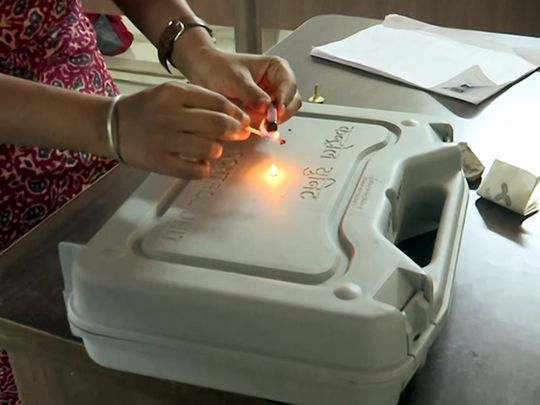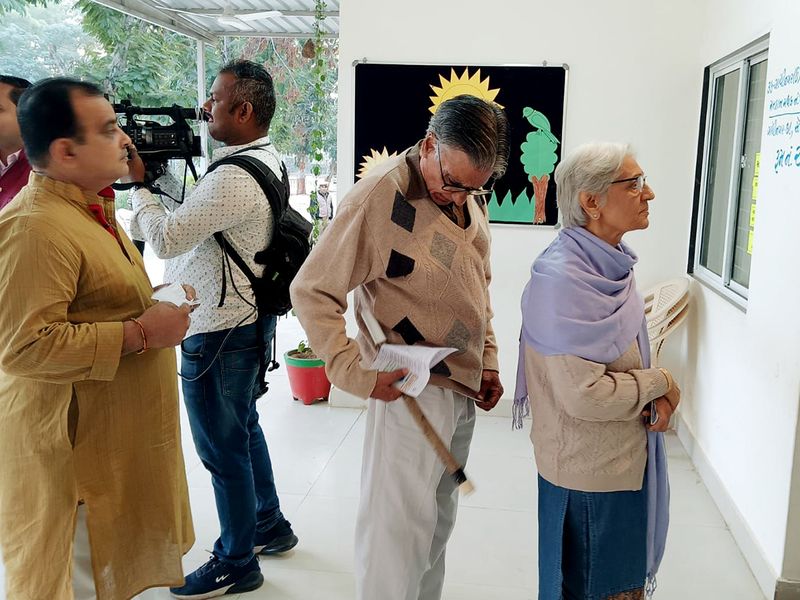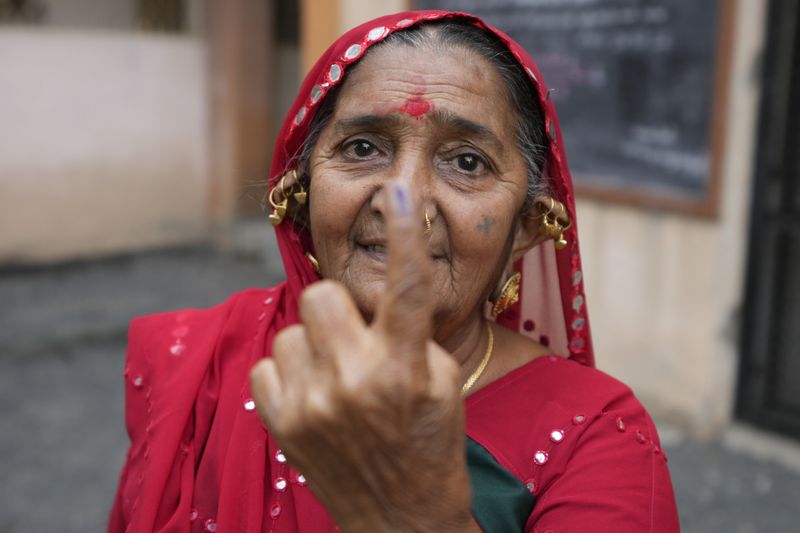
Nothing quite matches the excitement and adrenalin rush of Indian elections. What is repeatedly evident is that voter behaviour differs greatly.
Though there are noticeable patterns and trends, the outcome is not just surprising or unexpected, but often unpredictable. The context, region, and local conditions, not to mention the performance of the party in power and the extent of the challenge mounted by the opposition, all make a huge difference.
Add to these factors charismatic leadership, money power, and organisational ability. Stir and mix these ingredients and much else, including spicy slogans, music, dance, freebies, incentives, and other allurements.
The dish cooked up in the massive cauldron known as Indian democracy in what is probably the world’s most populous country becomes even more enticing if not exhilarating.

No wonder that with the results of the state assembly elections in Himachal Pradesh and Gujarat due on December 8th, the air is rife with expectations. Voting in Himachal Pradesh concluded on November 12th, but the exit poll results were withheld till the Gujarat hustings were also closed.
The latter state voted in two phases, on December 1st and December 5th. In addition, the citizens of India’s capital, Delhi, voted in the 250-ward Municipal Corporation of Delhi (MCD) polls on Sunday, December 4th.
While the Bharatiya Janata Party (BJP), which rules at the centre and in many states, is the incumbent in all three geographies, the exit polls show the results are like to diverge quite a bit.
While the BJP is heading for a massive victory in Gujarat, the contest in Himachal Pradesh is expected to be close finish, with some exit polls even predicting a victory for the Congress.
Read more
- Gujarat, Himachal set to vote BJP into power: Exit polls
- Gujarat Elections: Narendra Modi’s emotional connect with people is advantage BJP
- Gujarat poll phase-2: BSF soldier votes first before getting married
- Countdown begins for final phase: 25.1 million to decide fate of 833 candidates in India's Gujarat polls
Though it has made little headway in either Gujarat or Himachal Pradesh, in the MCD polls, Aam Aadmi Party (AAP), the third major player in these elections, is set to come up trumps.
Let’s start with Gujarat, the home state of both Prime Minister Narendra Modi and Home Minister Amit Shah. All the exit polls have forecast a massive mandate and an unprecedented 7th consecutive election win for the BJP.
The range varies from 117 to 151 seats, depending on which poll you turn to. But with the halfway mark being 92, the BJP seems all set to form the state government yet another time.
The reasons for this massive pro-incumbency surge are obvious. Not only do the Modi-Shah duo symbolise Gujarati pride, but Gujaratis are also satisfied with the way in which the ruling BJP has governed the state.
Delivering development to the last person, which is the BJP’s poll plank, does seem to work in what is one of India’s most prosperous and advanced states.

Personal connect of Modi
The personal connect of Modi with the people of Gujarat is also palpable for all to see as was obvious in his so-called victory lap, after casting his own vote. People thronged for miles to have a glimpse of their beloved leader.
The Congress complained that this parade was a violation of the model code of conduct because it was likely to influence the remaining voters, but the Election Commission of India turned down their objection.
Another huge difference was that unlike the last election in 2017, when the Congress offered a keen fight, this time around they seemed to have gone down rather tamely.
In 2017, Amit Shah had to practically camp in the state to ensure that the BJP did not go below the half-way mark. In contrast, even Rahul Gandhi, currently on a bharat jodo yatra—knit India trip—visited this state only once and that too very briefly.
Despite being the principal opposition party in Gujarat, the Congress were in a disarray, with serious leadership problems, both at the national and state levels. Another important takeaway is that AAP is not expected to do well in the state despite fanciful initial predictions.
AAP not-so-good performance?
AAP’s lower than expected, or should we say hyped, performance is also applicable to Himachal Pradesh. Despite its victory in neighbouring Punjab earlier this year, AAP is not expected to do well in the mountainous Himalayan state either.
Here, it is the Congress, riding on anti-incumbency and in-fighting with the rank and file of the BJP, that is expected to do well. The exit polls have predicted between 24 and 41 seats for the ruling BJP and between 20 and 40 seats for the Congress.
At least 35 seats are needed to form the government. Jairam Thakur, the incumbent Chief Minister of the state, is naturally confident of returning to power, but the Congress is also hopeful. As one of its leaders put it, “People have voted for the change in state and Congress will form the government.”
When it comes to Delhi’s municipal elections, they were very keenly fought. Some would say even more than the state elections, with big netas, including the Prime Minister himself, playing a role.
The exit polls give AAP between 149 to 171 wards, making them the favourite. AAP already rules Delhi at the state level. Should they win the municipal elections too, Delhiites can expect better civic administration and amenities.
Formerly, with the BJP controlling the MCD and the AAP running the state administration, Delhi’s urban management resembled a divided house. When it comes to the nation’s capital, there is no doubt that AAP has struck a chord with the poorer sections of society.
All told, the results, if the exit polls are anything to go by, show all three players, the BJP, Congress, and AAP doing well in their own designated territories. But the BJP will clearly come out on top if it manages to retain Himachal Pradesh in addition to sweeping through Gujarat. We won’t have to wait long.
By December 8, winners are bound to gloat, “We told you so!”











